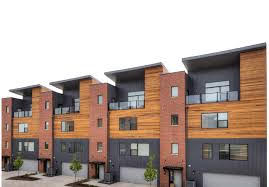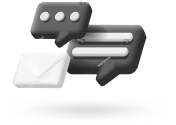Replacing your roof before it starts leaking can be a smart, proactive decision. Roof damage often begins internally and may not show visible signs until it’s too late. In Florida’s heat,storm and humidity, early replacement helps avoid expensive repairs, improves energy efficiency, and maintains your home’s value. A proactive roof replacement from a trusted Florida roofer like SmartPro Roofing can extend your roof’s lifespan and prevent future storm-related damage.
Why Waiting for a Leak Is a Risky Roof Strategy
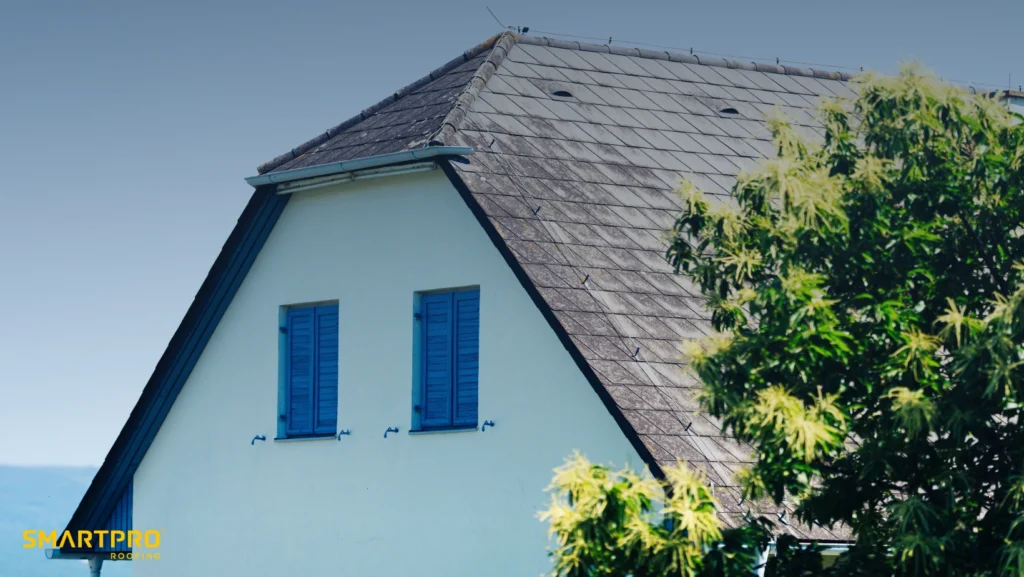
Many homeowners think, “If it’s not leaking, it’s fine.” Unfortunately, this is one of the most expensive misconceptions in home maintenance. A roof may look fine from the ground, but in reality, underlying issues can be silently developing for years.
Florida’s unique climate speeds up wear and tear. UV rays dry out shingles, heavy rain forces moisture into tiny gaps, and high winds can loosen flashing without you noticing. By the time you see a visible leak, the damage is often extensive, requiring not just roof replacement but also costly interior repairs like drywall replacement, insulation work, and even mold remediation.
Think of your roof like your car’s engine. Waiting until it completely fails means you’ll be stranded and paying more for urgent fixes. Proactive attention to your roof isn’t overcautious, it’s financially smart.
The Hidden Costs of Delaying Roof Replacement
Delaying a full roof replacement until an active leak appears might seem like you’re saving money, but in reality, you could be doubling your future costs. Water intrusion doesn’t just drip into your ceiling. It seeps into your roof decking, attic insulation, and even wall cavities.
Here’s what can happen when you wait too long:
Mold growth: Once moisture hits organic materials like wood and insulation, mold spreads fast, threatening your family’s health and requiring specialized remediation.
Wood rot: The wooden structure under your shingle roof weakens, putting your home’s integrity at risk.
Energy loss: Wet insulation loses its effectiveness, driving up your energy bills as your HVAC works harder.
Insurance issues: If your insurer finds that you ignored visible signs of damage, your insurance claim may be denied.
A proactive roof replacement eliminates these risks, protects your investment, and can be far more cost-effective than paying for emergency work plus interior repairs later.
3 Visible Signs Your Roof May Need Replacement Even Without Leaks
Even if your roof isn’t leaking, there are signs that indicate it’s nearing the end of its expected lifespan. These warnings often point to underlying issues that will eventually cause costly repairs down the line.
- Curling or Buckling Shingles
If your shingles are curling, lifting, or warping, it’s a clear sign that your older roof is deteriorating. This can happen from prolonged UV exposure, heat damage, or simply old age. - Granule Loss
Finding loose granules in gutters or on the ground means your asphalt shingle protective layer is wearing away. This exposes the roofing material to the elements, speeding up degradation. - Sagging Roofline
A sagging roofline is a red flag for structural problems in the roof decking. Even without leaks, this can signal that your roof may need replacement soon.
If you look at your roof and see these 3 visible signs, it’s time to contact a roofing contractor for a roof inspection.
Understanding the Lifespan of Different Roofing Materials
Every roof has an expected lifespan, but Florida’s heat, salt air, and severe weather can shorten that timeline.
Here’s a breakdown:
| Roofing Material | Average Lifespan | Florida-Adjusted Lifespan |
| Asphalt Shingle Roof | 20–30 years | 15–20 years |
| Metal Roofs | 40–70 years | 30–50 years |
| Tile Roofs (Clay/Concrete) | 50–100 years | 40–70 years |
If your roof is nearing the end of its expected lifespan even if it’s not leaking, it may no longer provide full protection against storm damage. A well-maintained roof still ages, and replacing it before failure can save thousands.
Florida-Specific Roof Risks Homeowners Should Know
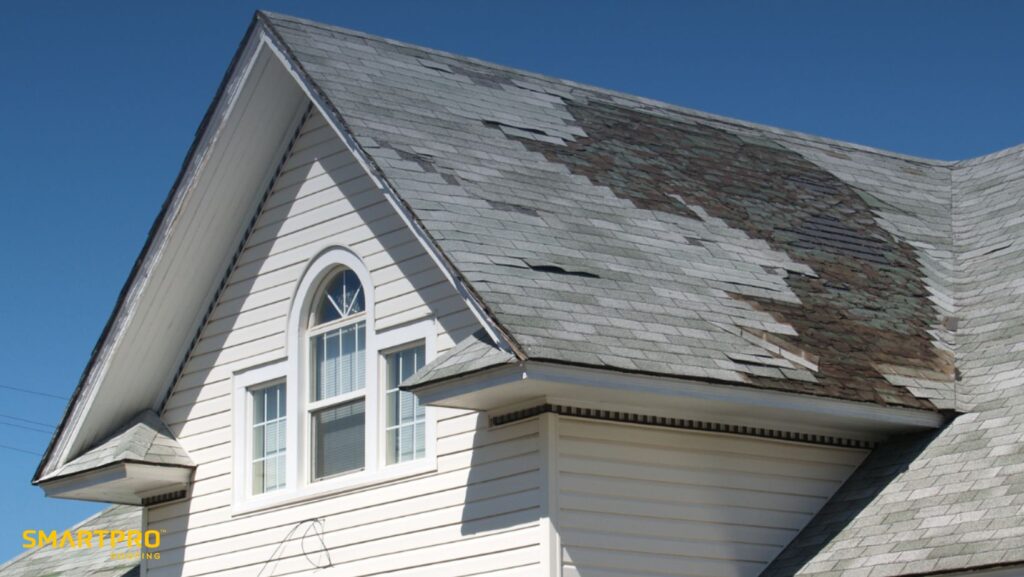
Florida is tough on roofs. Between high winds, tropical storms, relentless sun, and salty coastal air, even a relatively new roof can experience accelerated wear and tear.
Key risks include:
UV degradation: Constant sun exposure causes shingle oils to dry out, making them brittle.
Salt corrosion: Homes near the coast can suffer from rusted fasteners and flashing.
Storm damage: Flying debris and sudden downpours test your roof’s resilience.
These conditions mean that time for a roof replacement can come much sooner here than in cooler, milder climates. That’s why SmartPro recommends proactive roof replacement for Florida homeowners when signs your roof show early deterioration, even without leaks.
Why Proactive Roof Replacement Can Be More Cost-Effective
Replacing a roof before it develops active leaks can actually be the more budget-friendly choice for a homeowner. While it might feel like you’re paying for something you “don’t need yet,” the truth is that a proactive roof replacement helps avoid emergency costs and extends your home’s protection.
Here’s why this approach may be more cost-effective:
Avoiding costly repairs down the line: When a roof may fail during a storm, the resulting water damage can mean thousands in restoration costs, more than the price of a planned full roof replacement.
Improved energy efficiency: An aging roof can let hot air seep in during Florida summers, forcing your air conditioning to work harder. A new roof with better insulation and ventilation can cut energy bills noticeably.
Increased resale value: Buyers love knowing they won’t have to budget for a roof soon. A fresh roof replacement boosts curb appeal and buyer confidence.
Think of it as replacing tires before they blow out, you avoid danger, inconvenience, and higher expenses.
How to Inspect Your Roof Without Climbing on It
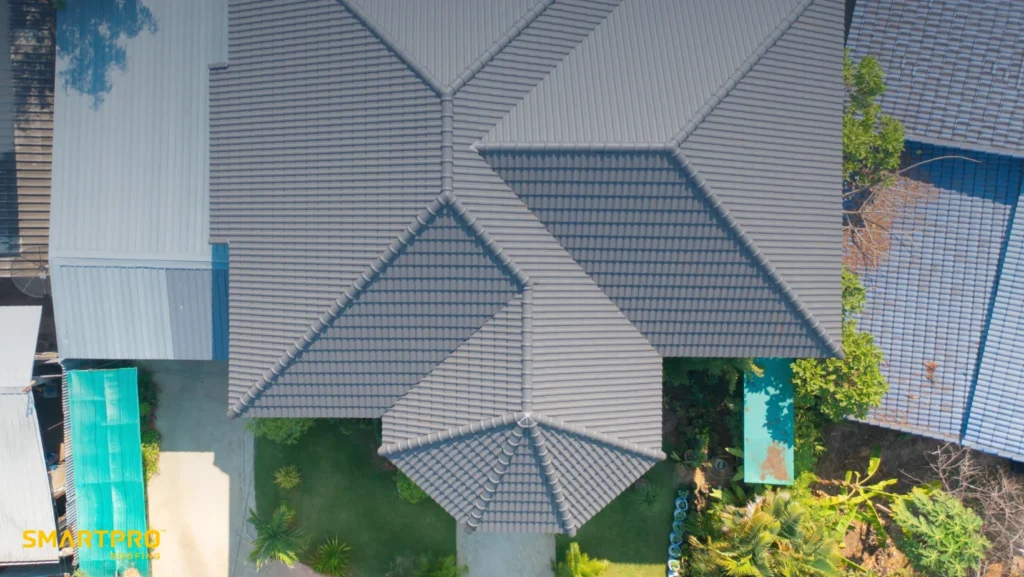
You don’t need to risk your safety to inspect your roof for visible signs of trouble. You can spot several red flags from the ground or during a professional inspection, and keeping a few key roof replacement tips in mind can help you make the right call.
Ground-Level Checks:
- Look for missing shingles or those that appear curled or cracked.
- Check the gutters for loose granules in gutters or debris from roofing material.
- Scan your roofline for any sagging.
Use Binoculars or a Drone:
A pair of binoculars lets you zoom in on shingles for detailed inspection without climbing. If you have access to a drone, aerial photos can help reveal storm damage or improper installation issues.
Common Myths About Roof Replacement Without Leaks
Myth 1: “If it’s not leaking, it’s fine.”
A roof if it’s not leaking can still have hidden problems. Waiting until a leak shows up means you’re already at the final stage of deterioration.
Myth 2: “New roofs always last the full lifespan.”
While asphalt shingle roofs last 20–30 years under ideal conditions, Florida weather can shorten that dramatically.
Myth 3: “You can always repair instead of replace.”
Minor repairs work if damage is localized, but if your old roof is nearing that age, replacement is often the safer, more cost-effective choice.
SmartPRO Roofing’s Florida Expertise: Is It Time for a Roof Replacement?
A roof doesn’t need to leak before it becomes a problem. By replacing your roof proactively, you protect your home from costly water damage, improve energy efficiency, and even boost curb appeal. At SmartPRO Roofing, we combine local expertise in Florida’s hurricane standards, storm damage prevention, and insurance guidance with the use of premium materials and precision installation to give you lasting peace of mind.
With our SmartQuote Tool, you’ll get exact pricing in under an hour using advanced satellite imagery, so you know your options before making a decision.
Take the proactive step today. Compare roof material options with our SmartQuote Tool and see what works best for your Florida home.
FAQs on Roof Replacement Even Without Leaks
- Is it worth replacing a roof that isn’t leaking?
Yes. Replacing a roof even if it’s not leaking can prevent water intrusion, reduce energy loss, and maintain your home’s value. Waiting until a leak appears often results in costly repairs down the line. - How do I know my roof is near the end of its life?
Look for signs that indicate aging: curling shingles, loose granules in gutters, sagging rooflines, and moss growth. If your roof is nearing the end of its expected lifespan, start planning for replacement. - Can insurance cover proactive roof replacement in Florida?
In most cases, insurance claims require documented damage from a covered event like storm damage or high winds. However, SmartPro can perform a roof inspection to determine if your roof meets coverage criteria. - What’s the most durable roofing material for Florida homes?
Metal roofs and tile roofs tend to last longer in Florida’s climate than asphalt shingle systems. Your choice depends on budget, style preference, and how long you plan to stay in your home. - How long goes a full roof replacement take?
A full roof replacement typically takes 1–3 days for most homes, depending on weather, roof size, and roofing material.




